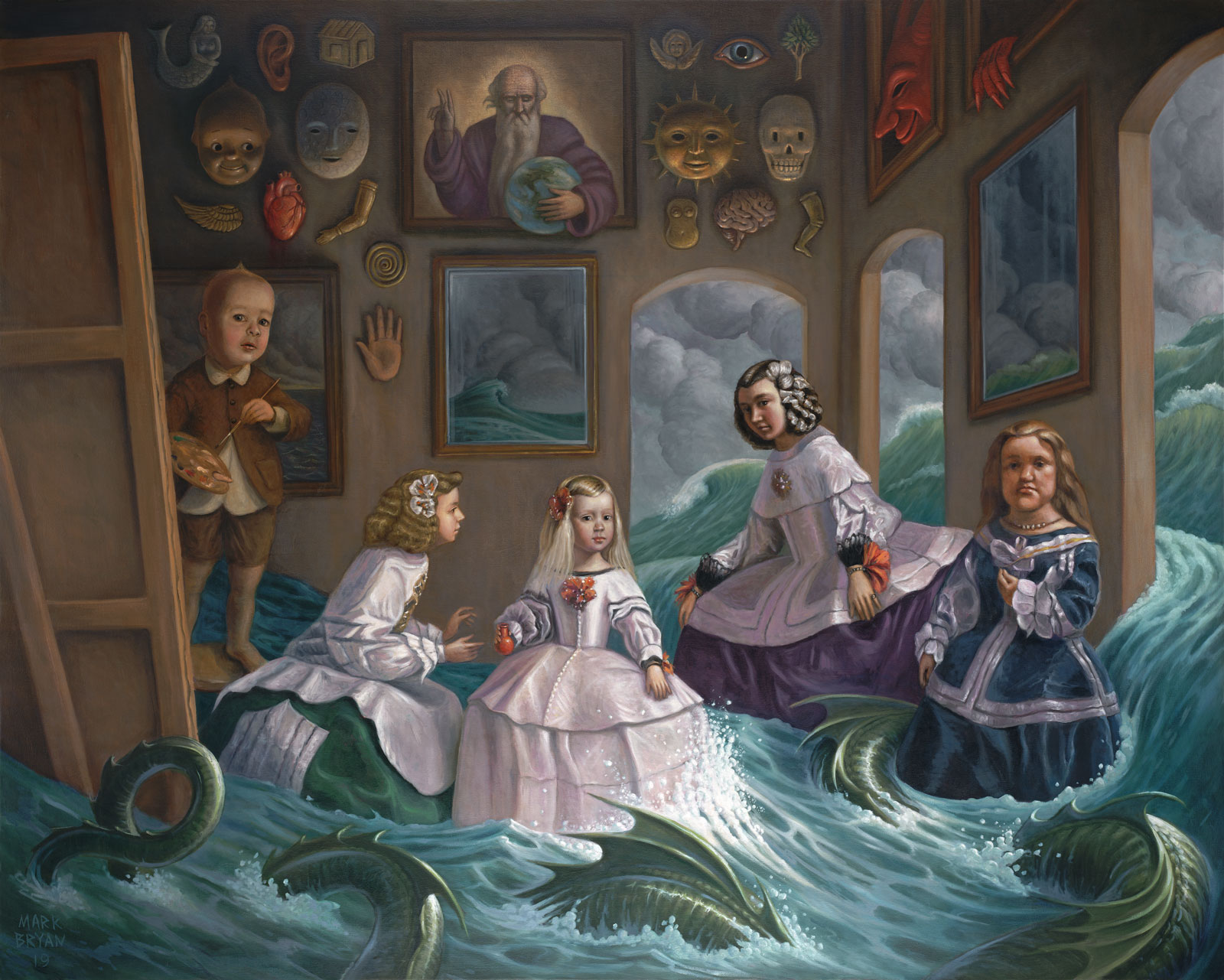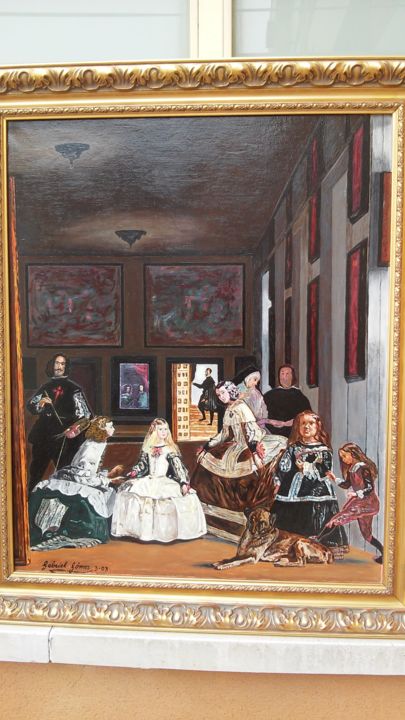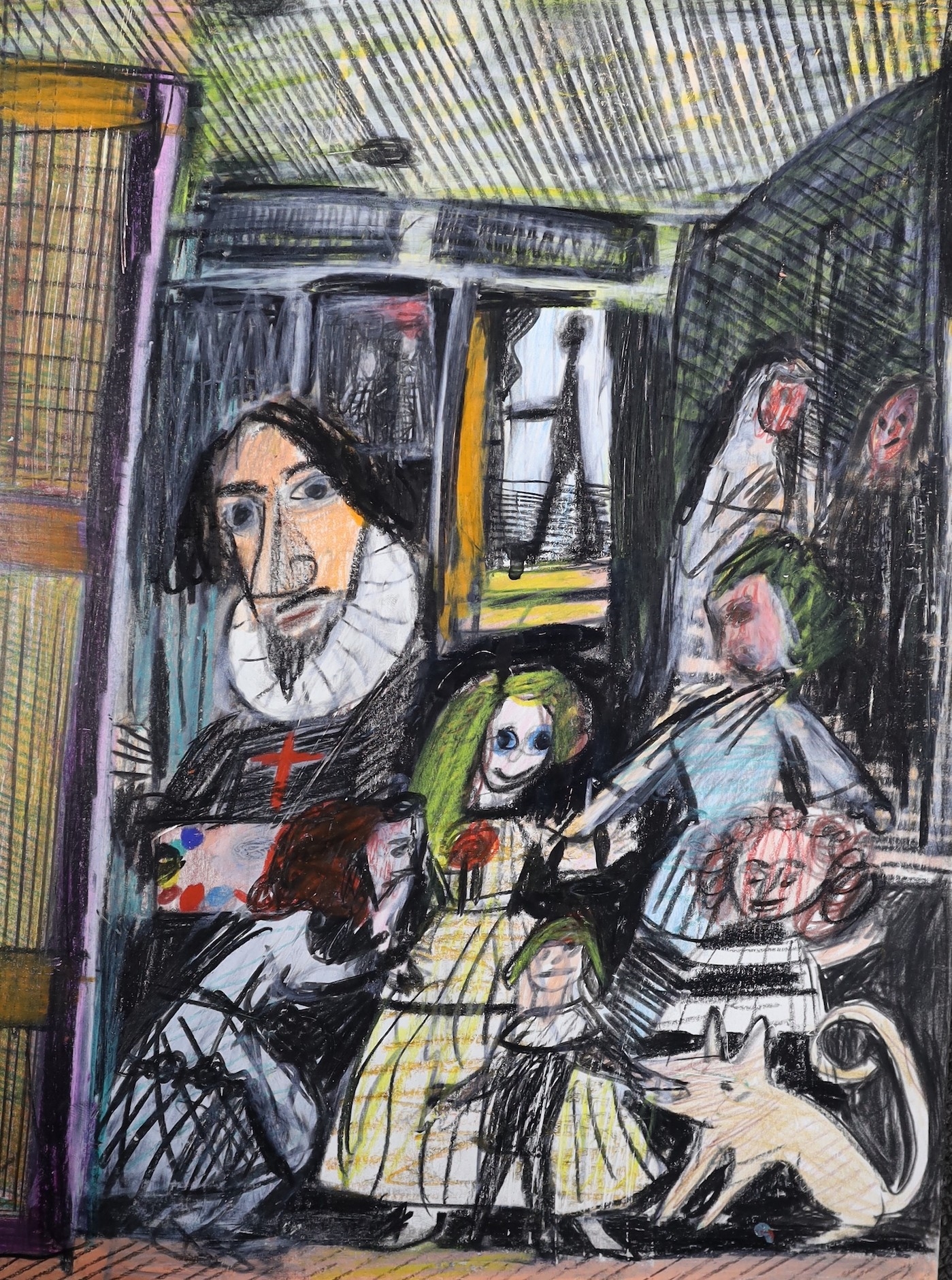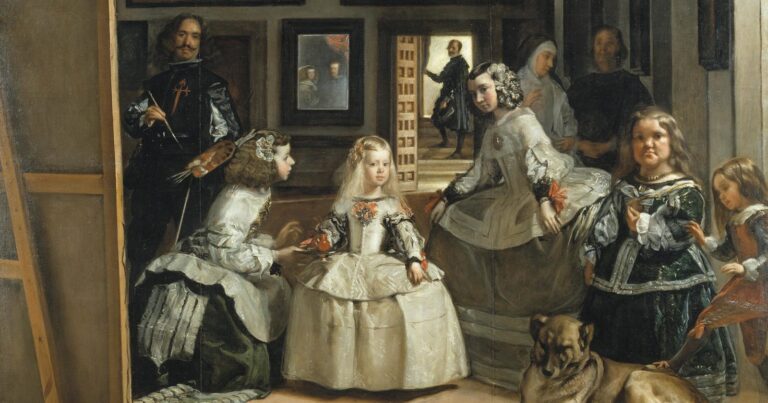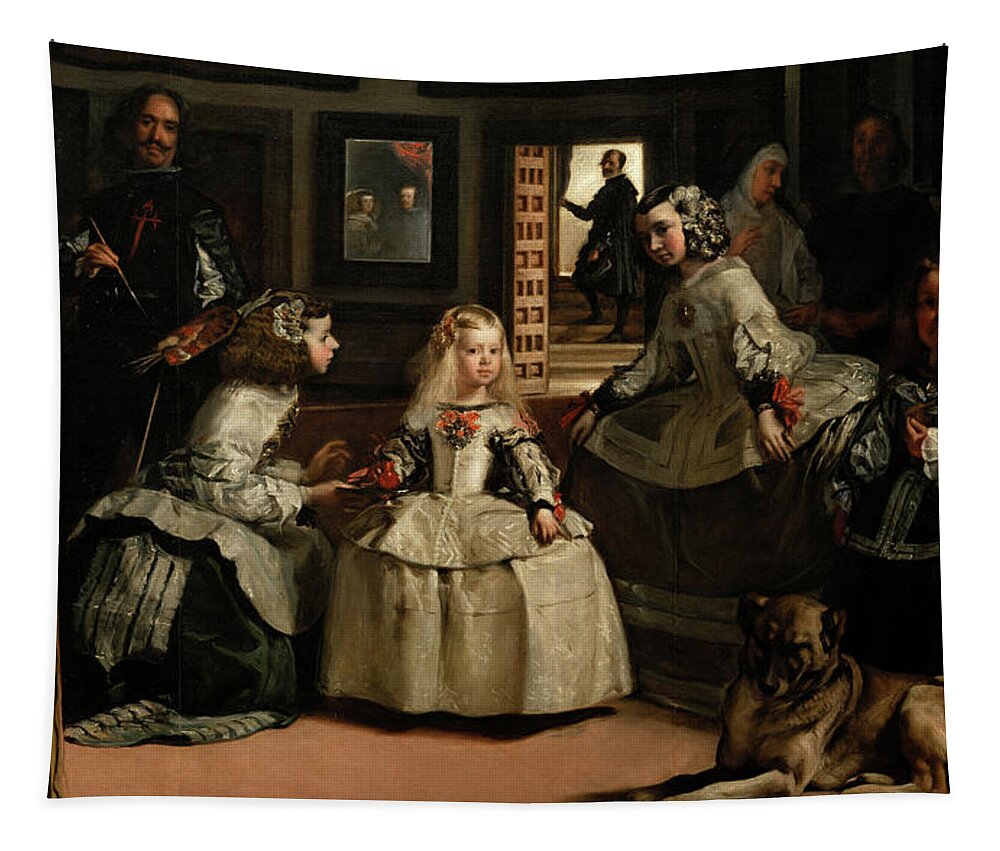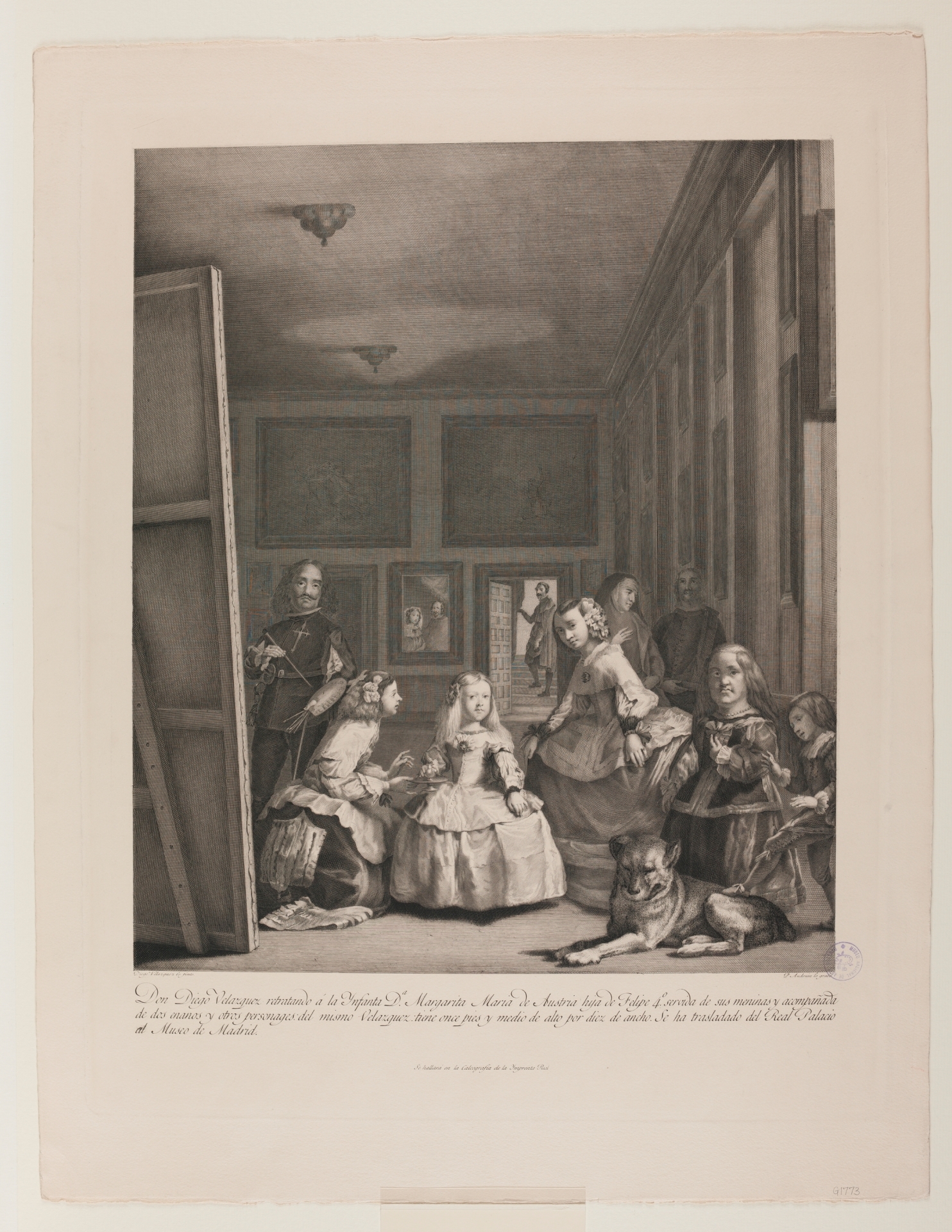Las Meninas - The Collection - Museo Nacional del Prado
4.7 (408) · € 7.50 · En stock
This print is part of a series published by the Company for the engraving of paintings from the Royal Palaces, although it was only published after that institution was no longer active. The Company for the engraving of the paintings from the Royal Palaces was one of the Spanish Enlightenment’s major undertakings during the second half of the 18th century.
This print is part of a series published by the Company for the engraving of paintings from the Royal Palaces, although it was only published after that institution was no longer active. The Company for the engraving of the paintings from the Royal Palaces was one of the Spanish Enlightenment’s major undertakings during the second half of the 18th century. It supervised the reproduction of prints of paintings from the Royal Collections and its early projects were carried out by Francisco de Goya, who reproduced some of Velázquez’s paintings in 1778, and by Juan Barcelón and Nicolás Barsanti, who reproduced The Labors of Hercules after the fresco that Luca Giordano had painted between 1777 and 1785.
On November 16, 1789, Charles IV authorized the founding of the Company for the engraving of paintings from the Royal Palaces in order to spread knowledge of the wealth of the Royal Collections in a manner comparable to other European countries. This private enterprise received royal protection and its partners were noblemen from Madrid, including the Duke of Osuna and José Nicolás de Azara, who contacted the French and Italian engravers charged with the task. At first, the artistic direction was handled by Manuel Salvador Carmona and Francisco Bayeu, who respectively supervised engravings and drawings. According to the collection’s Subscription Plan, the prints were published in series of six issues, beginning in February 1794. The price for subscribers was 288 reals per issue, while non-subscribers were charged 360 reals. An additional “100 prints without words” were pulled and these were sold at twice the price of the others (Continuación del Memorial Literario, intructivo y curioso de la Corte de Madrid. Vol. I, [August], Imprenta Real, 1793, pp. 257-63).
Flagging sales and increasing costs gradually weakened the Company’s economic stability, calling for increased private support. The poor quality of the drawings and their predominantly religious subject matter, as Azara argued, as well as a certain degree of disorganization—an absence of order or classification, as well as unequal formats—made it difficult to bind these prints or to hang them together in cabinets, and all this led the project into bankruptcy in barely ten years. In 1800, it was proposed to the king that Calcografía Nacional defray the project’s costs, and in 1812 the plates and other materials were deposited at the Royal Press. Finally, in 1818, the plates themselves entered Calcografía Nacional (Vega, J., Museo del Prado. Catálogo de estampas, Museo del Prado, 1992, pp. 222-223).
In all, 74 copper plates were engraved from a total of 95 drawings commissioned for the collection. Calcografía Nacional received 50 plates, including the 24 that had already been published by the Company and 26 more. The remaining 24 had actually been engraved, but the engravers had never delivered them to the Company (Carrete, J., El grabado calcográfico en la España Ilustrada, 1978, pp. 28-31).
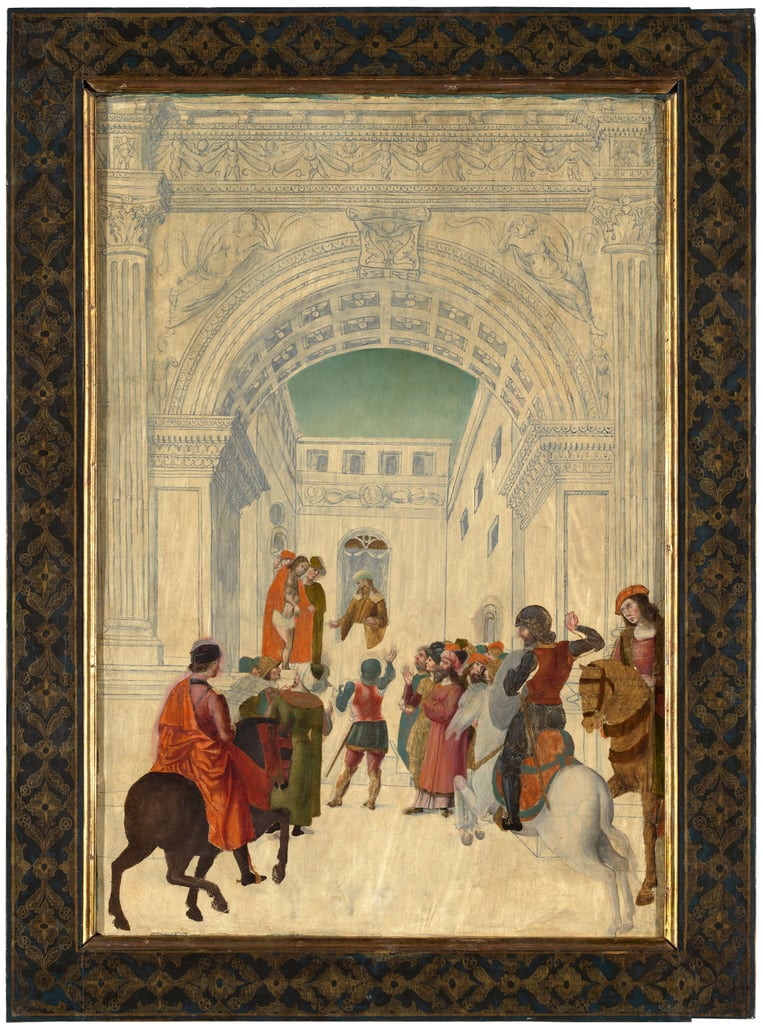
The Prado Museum's New Show Reveals a Rarely Seen Side of Paintings: Their Reverse
:format(jpg)/f.elconfidencial.com%2Foriginal%2Ff67%2F43a%2F582%2Ff6743a58258722bf2ba4452254f5aeac.jpg)
De 'Las meninas' a Juan Carlos I, en busca del retrato de la familia real perfecto
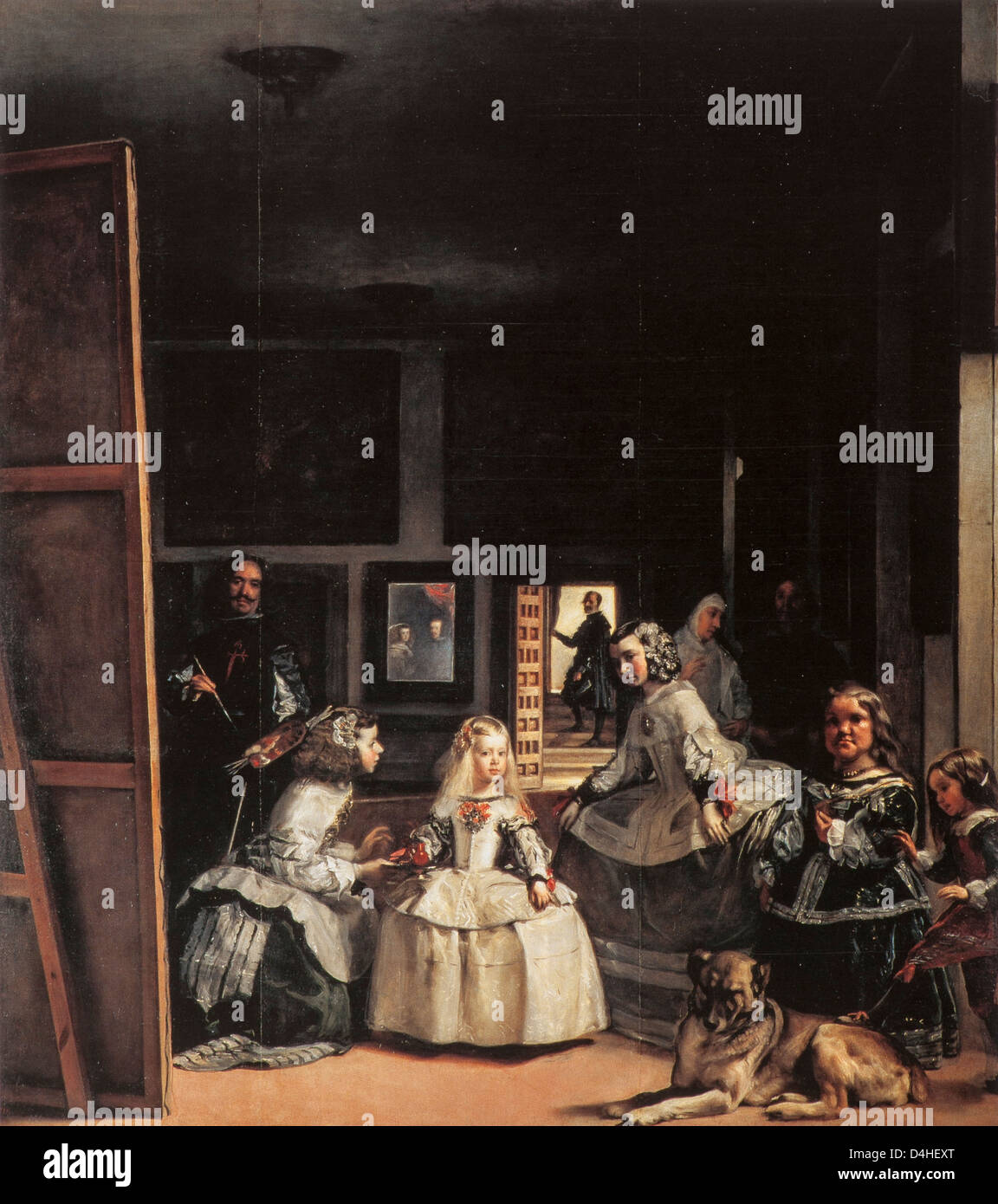
Las meninas by velazquez hi-res stock photography and images - Alamy

Las Meninas by Velázquez at the Museo Nacional del Prado

Classic European Art: Museo Nacional del Prado, Madrid

Cuadro de Las meninas: todo sobre la obra de Diego Velázquez

The Prado Museum. A Collection of Wonders (2019) - IMDb
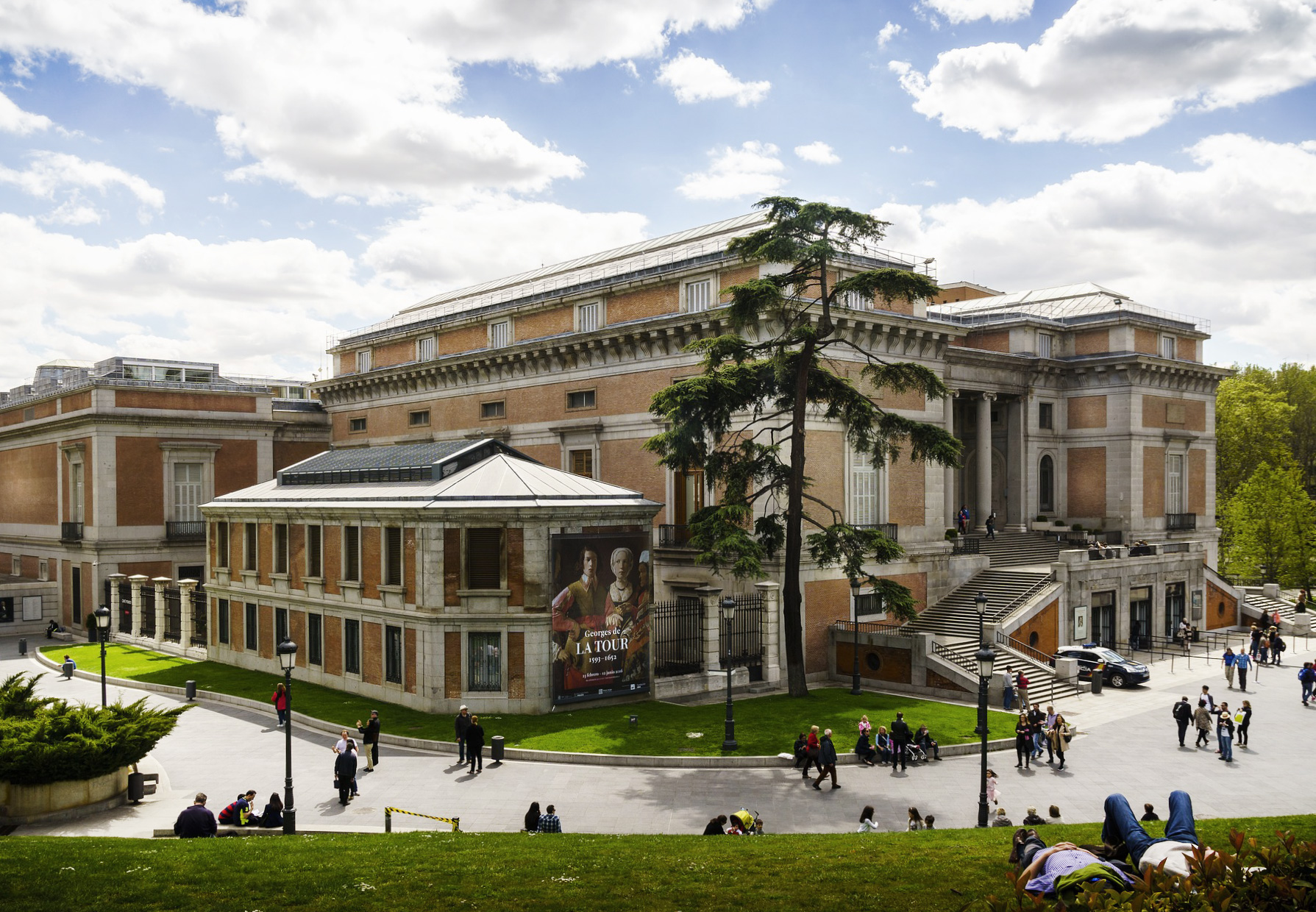
Artworks at the Museo Nacional Del Prado

Diego Velázquez, Las Meninas. 1656,Madrid, Museo Nacional del Prado.

Museo del Prado Museums in Retiro, Madrid

Request for use
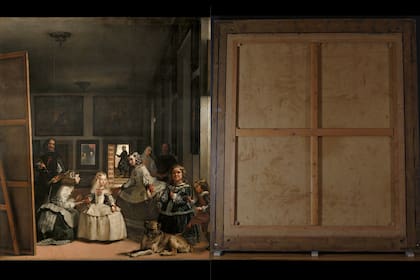
Exhiben el reverso de “Las meninas” de Velázquez en el Museo del Prado - LA NACION
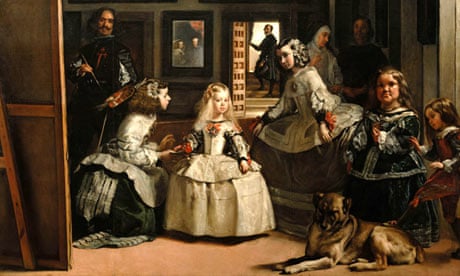
Velázquez portrait has pride of place in Prado – but original may be in Dorset, Painting

Las meninas - Colección - Museo Nacional del Prado

Las Meninas Pin for Sale by TonyAra






